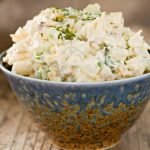When it comes to fruits, most of us think of apples, bananas, or grapes. But beyond supermarket shelves lies a fascinating world of exotic fruits that look strange, taste unique, and sometimes even seem out of this world. These unusual fruits often carry deep cultural significance and are part of traditional diets in their regions. For adventurous foodies, discovering them can feel like traveling without leaving the kitchen.
1. Durian – The “King of Fruits”
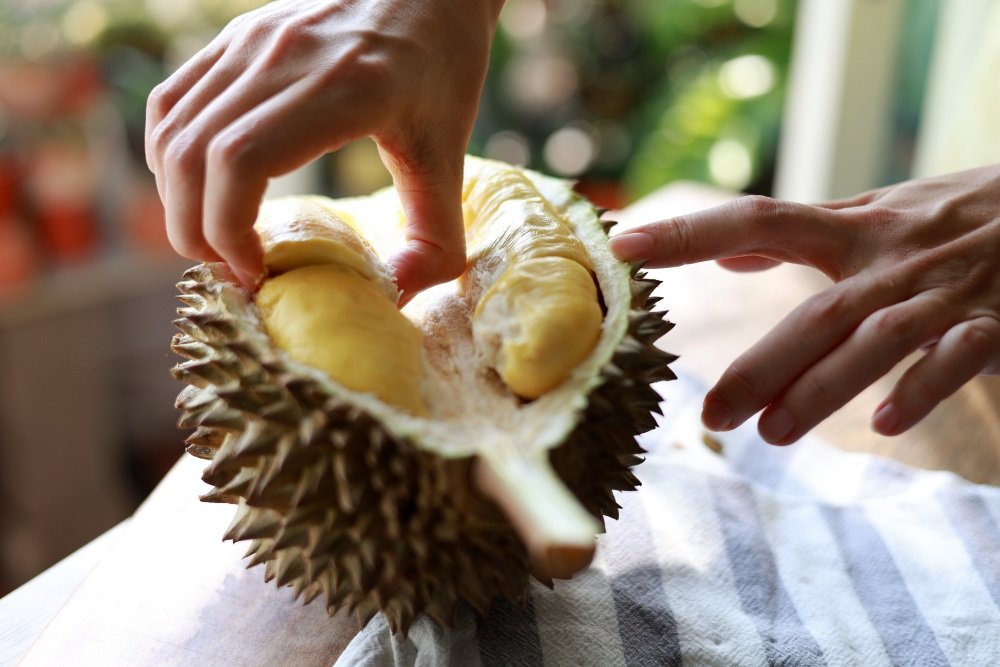
Known for its spiky shell and strong smell, durian is loved in Southeast Asia but banned in many public places due to its pungent odor. Its creamy flesh, however, has fans who describe it as sweet and custard-like. For many locals, eating durian is a social ritual, often enjoyed with friends and family. Its polarizing nature makes it one of the most debated fruits in the world.
2. Rambutan – Hairy but Sweet
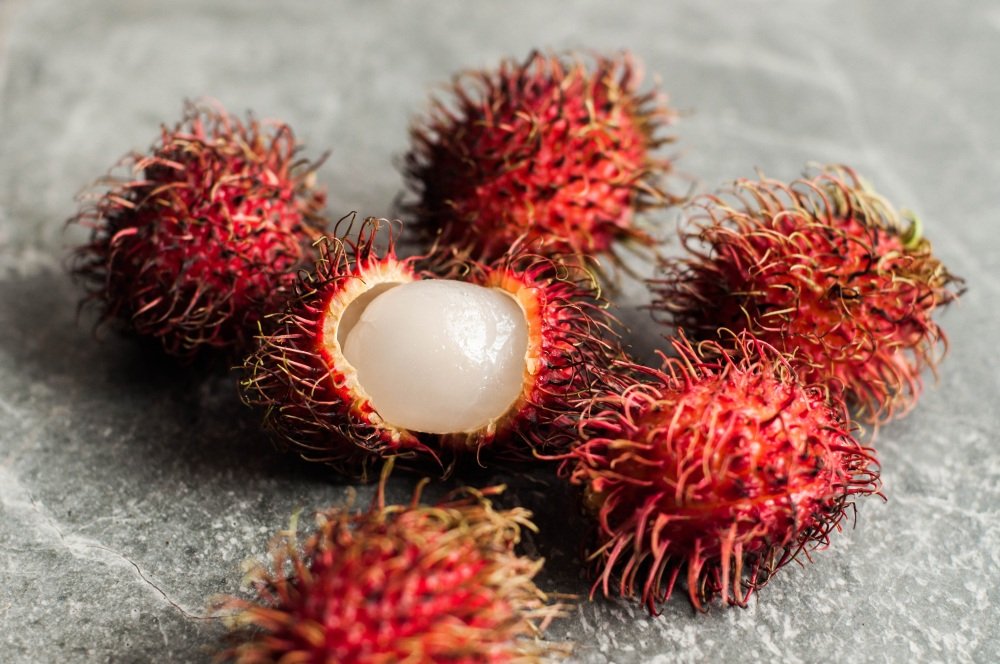
This tropical fruit looks like a hairy sea urchin but opens to reveal a juicy, grape-like flesh. Native to Malaysia and Indonesia, rambutan is refreshing and sweet. Its high vitamin C content makes it a healthy choice, and in some cultures it’s believed to have medicinal properties. Rambutan season is celebrated in local markets with vibrant displays.
3. Mangosteen – The Purple Jewel
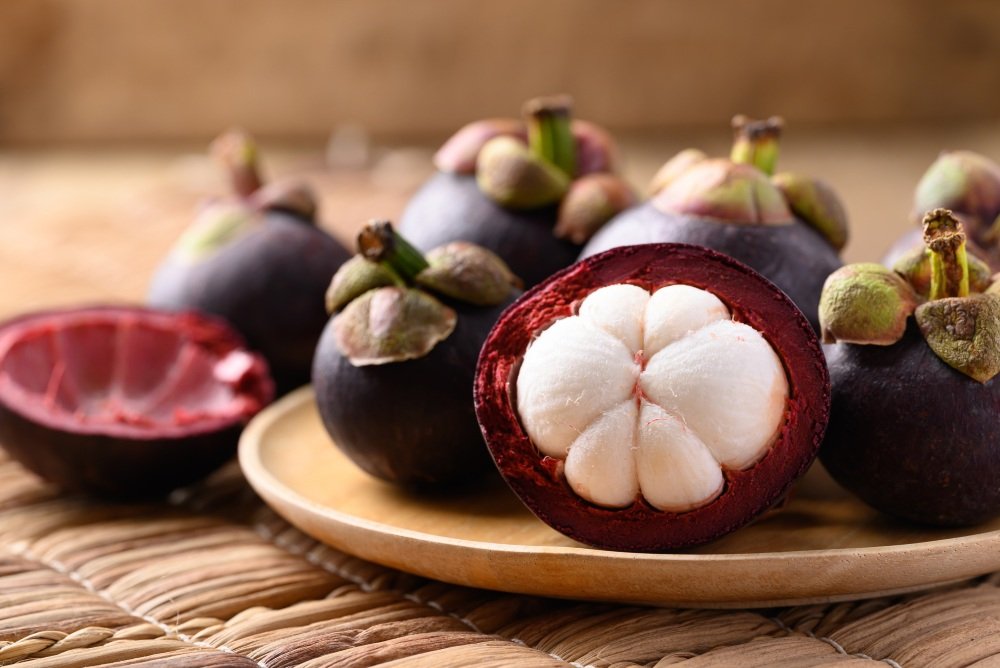
Nicknamed the “Queen of Fruits,” mangosteen has a thick purple shell and soft white flesh with a sweet-and-tangy flavor. It’s highly prized across Asia. The fruit is often used in traditional remedies and is valued for its antioxidants. In many places, mangosteen is considered a luxury treat due to its short growing season.
4. Salak (Snake Fruit)
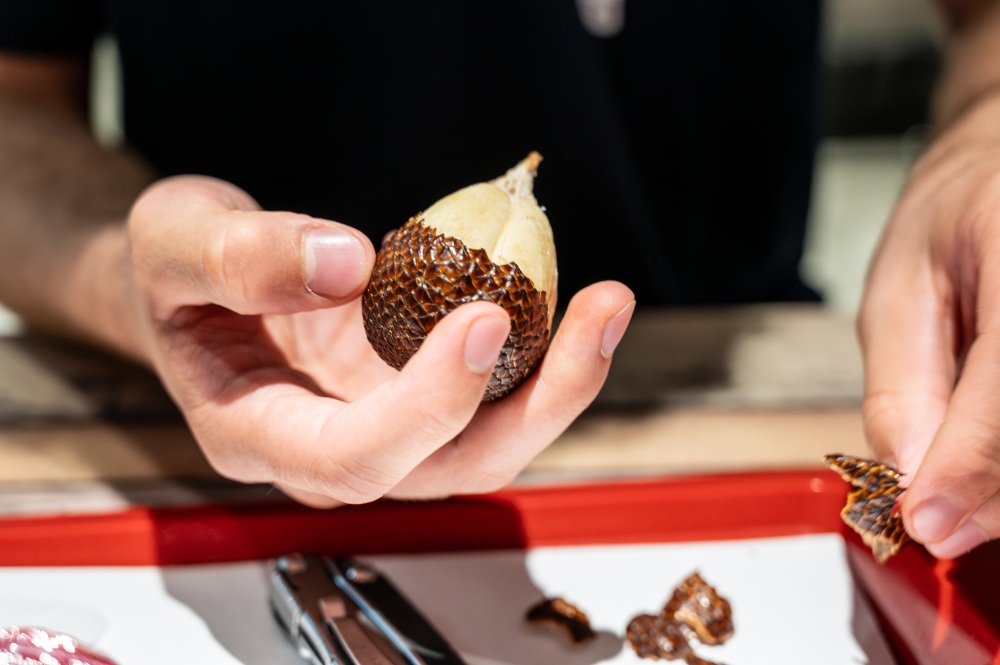
Covered in reddish-brown scaly skin, salak looks like a snake’s body. Inside, it’s crunchy and sweet with a hint of acidity. In Indonesia, it’s often eaten as a snack, sold in markets in small woven baskets. Its unusual appearance makes it a favorite for tourists, but locals love it for its energizing qualities.
5. Buddha’s Hand
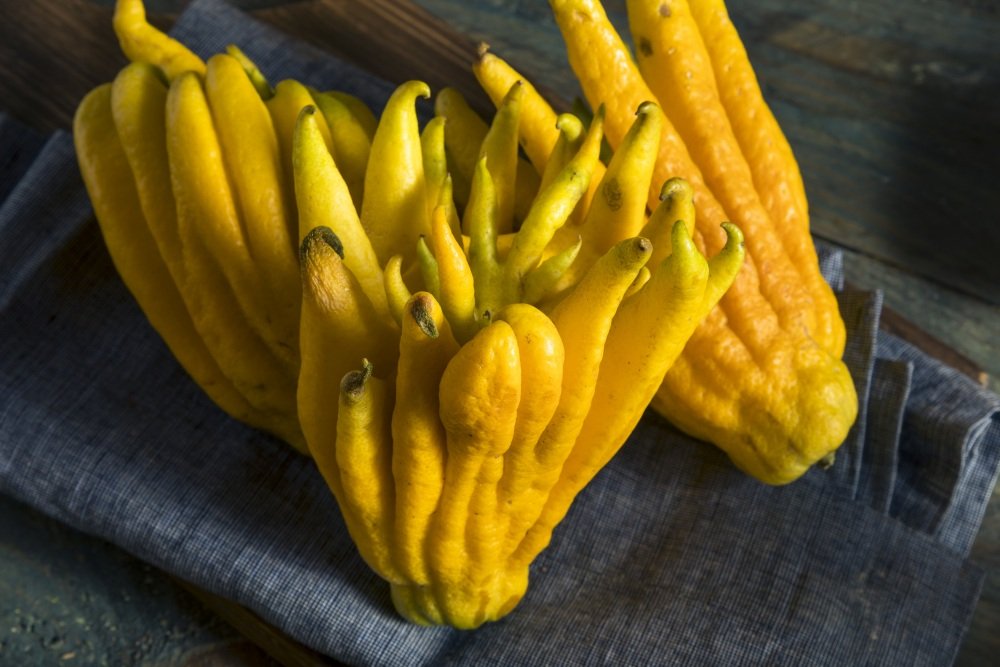
This citrus fruit looks like multiple yellow fingers reaching out of a base. It has no juice or pulp, but its fragrant zest is used in perfumes, desserts, and cocktails. In some Asian cultures, it’s also considered a symbol of good luck and happiness. Its striking look makes it a popular offering in temples and a unique decorative piece in homes.
6. Kiwano (Horned Melon)

With its spiky orange skin and bright green jelly-like flesh, kiwano is as strange as it gets. Its taste is a mix between cucumber and banana. Native to Africa, it’s often eaten raw or added to fruit salads for its refreshing flavor. The fruit’s vibrant colors make it a favorite for chefs looking to add visual appeal to their dishes.
7. Jabuticaba
Native to Brazil, this fruit grows directly on the trunk of the tree. Its grape-like taste makes it popular in jams and wines. Locals often enjoy it freshly picked, straight from the bark. The sight of a tree covered in glossy purple fruits is breathtaking and almost surreal.
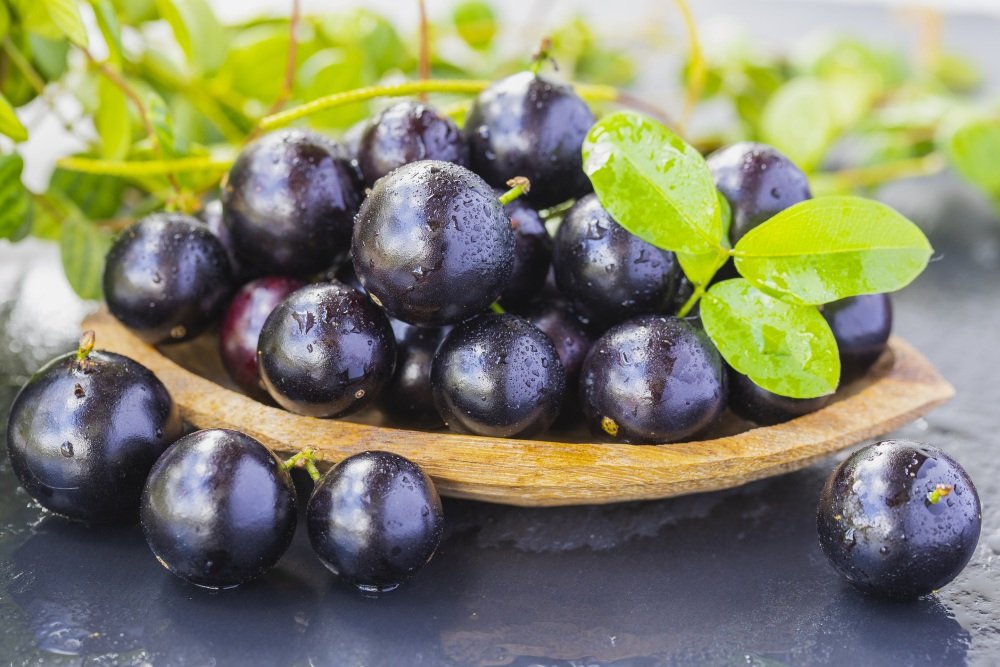
These fruits may look bizarre, but they’re proof of nature’s creativity. They remind us that food is not only about taste but also about culture, history, and discovery. If you ever spot one in a market, don’t hesitate to try — your taste buds will thank you, and you’ll get a glimpse into another corner of the world.








